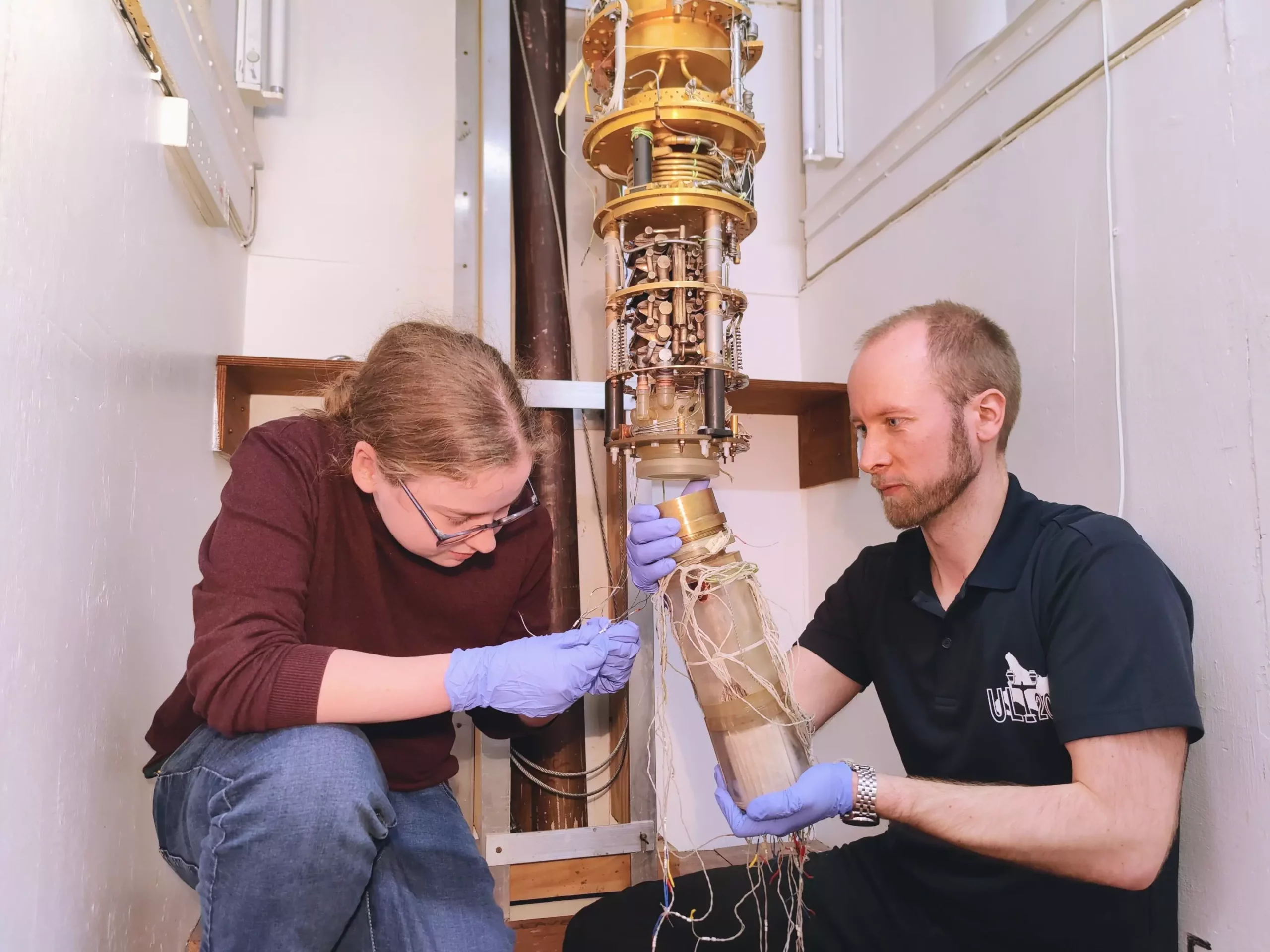Dark matter has long been a mystery in the field of science, with approximately 80% of the matter in the universe being invisible to the human eye. Despite not being able to see it, the effects of dark matter’s gravity are observable. Scientists from Lancaster University, the University of Oxford, and Royal Holloway, University of London are currently working on building the most sensitive dark matter detectors to date, using advanced quantum technologies.
There are two main theories regarding the nature of dark matter. One theory suggests the existence of new particles with interactions so faint that they have yet to be detected. Another theory proposes the presence of very light wave-like particles called axions. The researchers are creating experiments to search for each of these candidates, with different methods to detect them based on their characteristics.
The QUEST-DMC team is focused on detecting dark matter particles with a mass between 0.01 to a few hydrogen atoms. To achieve this, they are using superfluid helium-3 cooled to ultra-low temperatures and combined with superconducting quantum amplifiers. This combination of quantum technologies allows for the detection of extremely weak signals from dark matter collisions.
On the other hand, the QSHS team is dedicated to searching for axions, which are theorized to be extremely light particles. They are developing a new class of quantum amplifier that can detect the electrical signal resulting from the decay of axions in a magnetic field. This amplifier works at the highest precision allowed by quantum mechanics, enabling the team to search for the signature of axions.
The researchers have set up an exhibit at the Royal Society’s flagship Summer Science Exhibition to showcase their work and engage with the public. Visitors of all ages can participate in hands-on exhibits that demonstrate the concept of dark matter and how it is inferred through observing galaxies. From gyroscope-in-a-box demonstrations to glass marbles representing invisible masses, the exhibit aims to make the invisible visible through creative experimentation.
With the advancements in quantum technologies and the dedication of these research teams, the search for dark matter is at an exciting stage. By pushing the boundaries of sensitivity and developing innovative detection methods, scientists are hopeful that they may soon be able to directly observe this elusive form of matter in the laboratory. The quest to solve one of the greatest mysteries of science continues, with each experiment and discovery bringing us closer to unraveling the secrets of the invisible universe.


Leave a Reply
You must be logged in to post a comment.